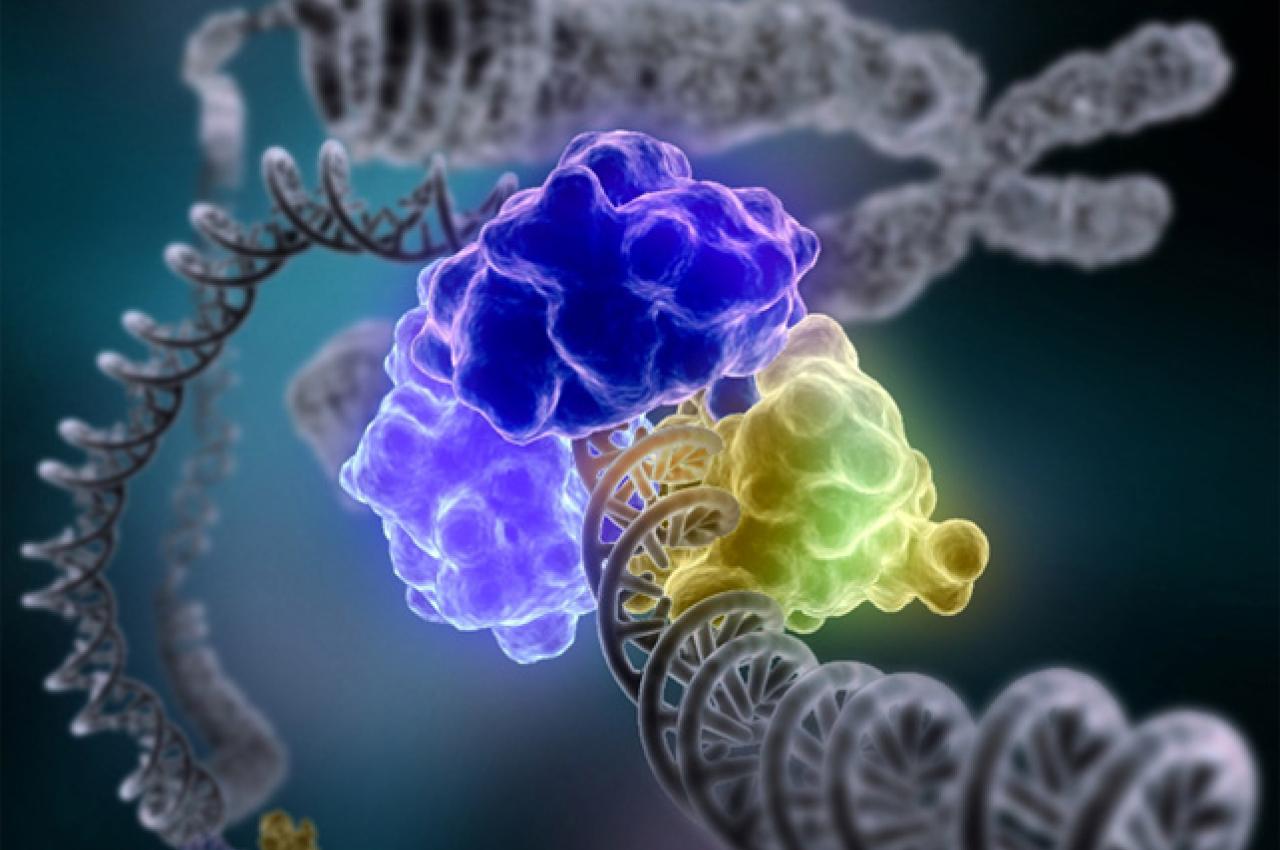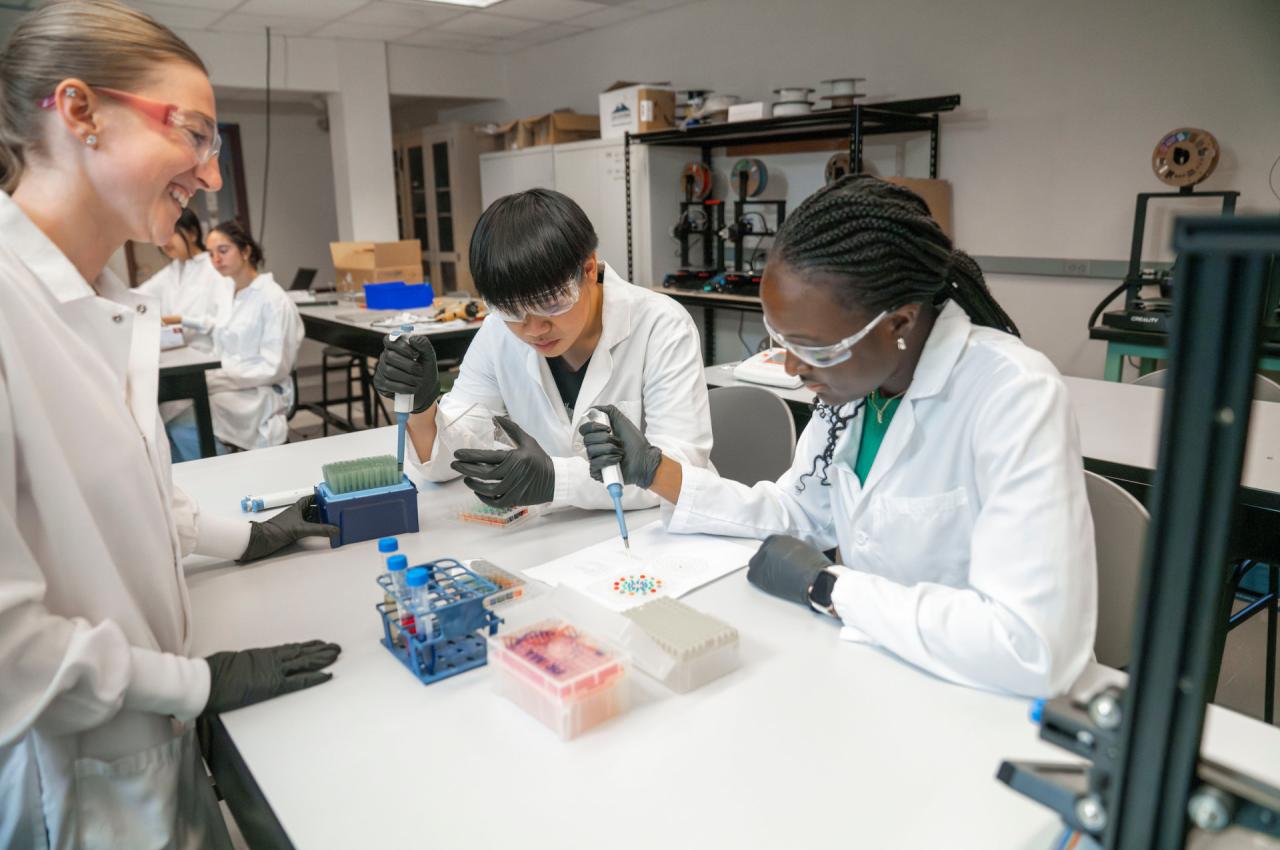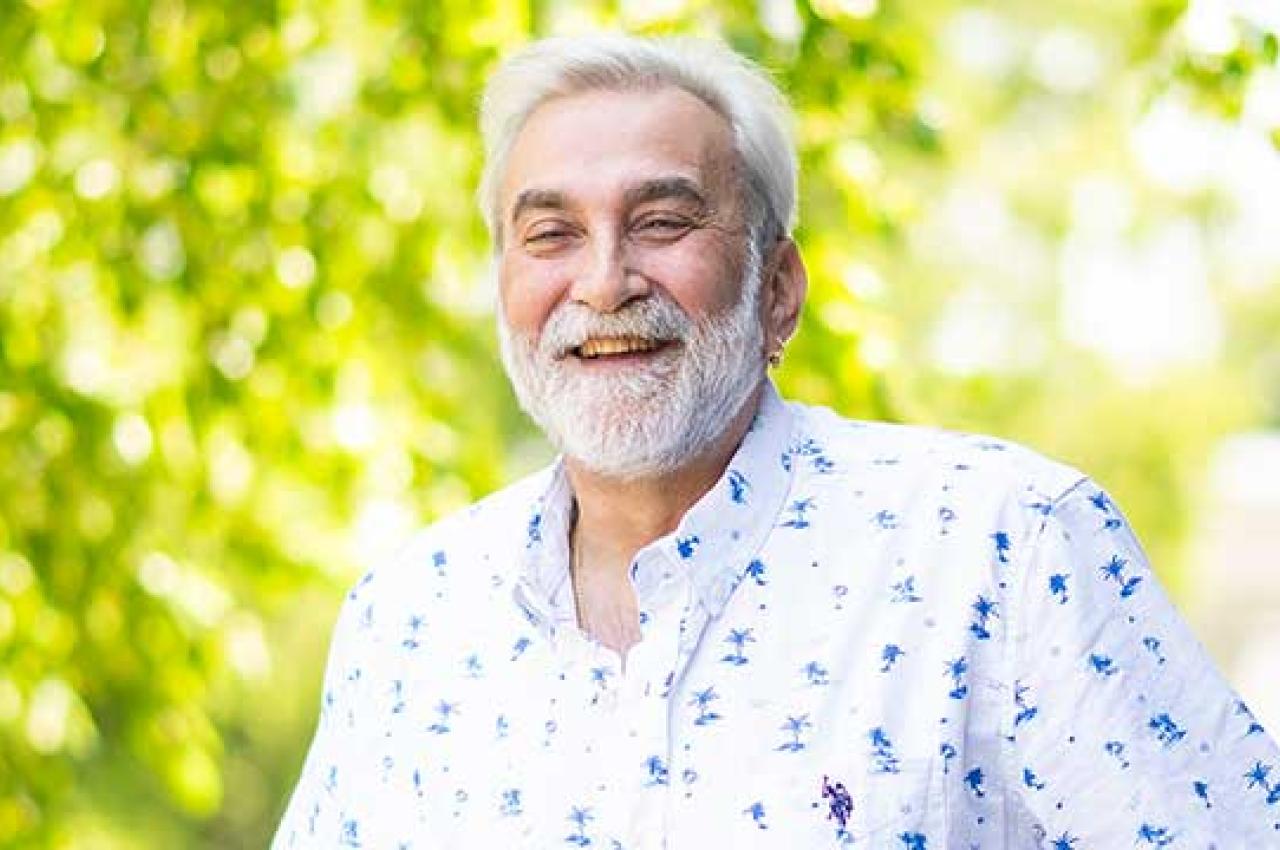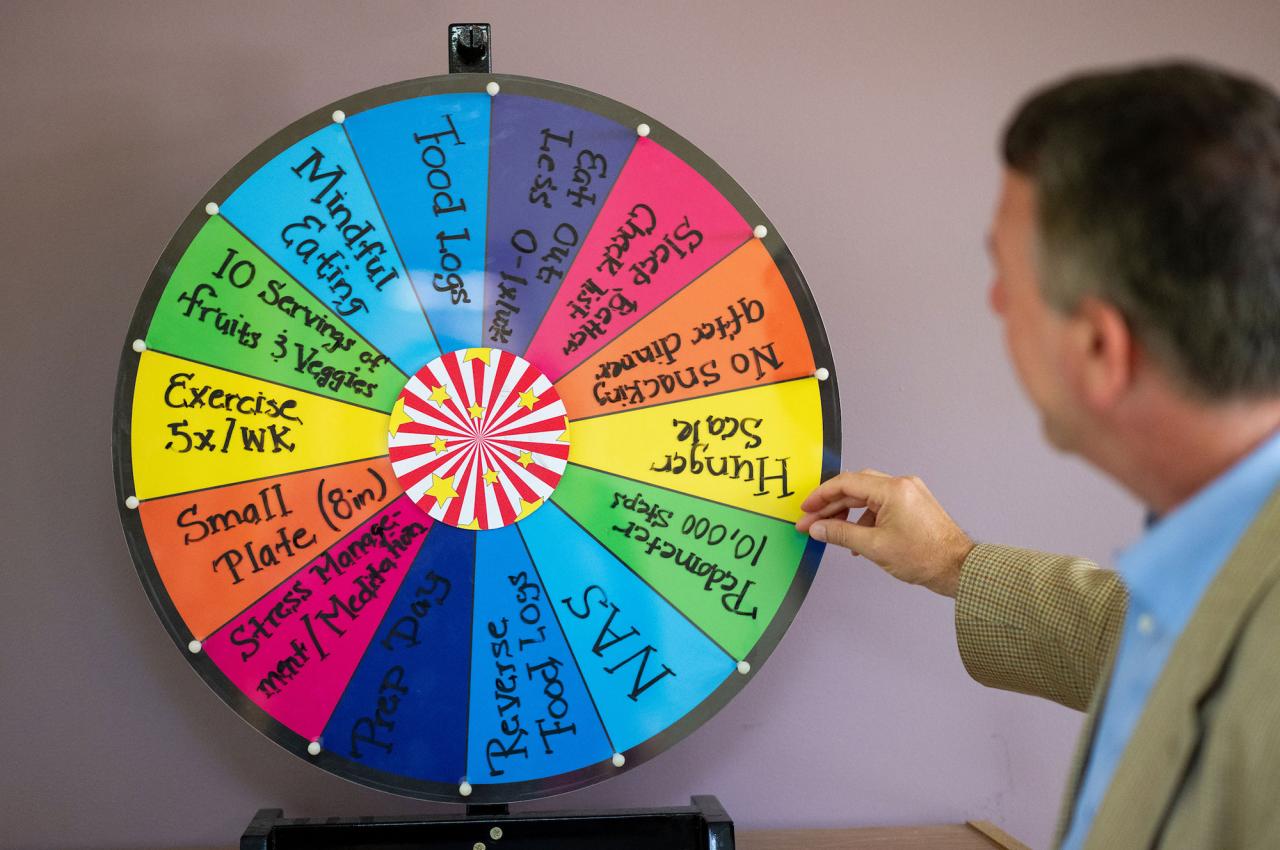Cells Have a Second DNA Repair Toolbox for Difficult Cases
The human genome consists of 3 billion base pairs, and when a cell divides, it takes about 7 hours to complete making a copy of its DNA. That’s almost 120,000 base pairs per second. At that breakneck speed, one might expect errors to occur, and they do, at a rate of about two per second in every dividing cell. But cells have a “DNA repair kit” of enzymes that can correct those errors as a rate matching that at which they occur.
A bigger problem happens when there is a barrier to DNA replication, the process of copying the DNA. It can lead to a break in the chromosome, which will lead to loss of vital genetic information if not repaired. Gaps or breaks in DNA can be potentially harmful or fatal, should they lead to genetic diseases or cancer.
Catherine Freudenreich, professor of biology, has been examining cell DNA repair response to these critical events in yeast cells as an analog to human cells, and has discovered that the process is more elaborate and layered than previously thought.
In a recent study published in Cell Reports, Freudenreich and co-authors Tyler Maclay, AG25, Jenna Whalen, AG20, and Matthew Johnson, A20, looked at areas of the DNA that are particularly susceptible to breakage.
Those areas are where the sequence consists of long stretches of repeated triplets like CAGCAGCAG, or couplets like ATATATAT, which continue for from just a few to hundreds of units long. When that occurs, the DNA may not always fold neatly into a long double helix, but may twist on itself to form hairpins and cruciform structures—like a tangled electric cord.
“This is not a minor issue because repetitive DNA makes up about 10% of our genome, which is even greater than the portion that codes for protein,” says Freudenreich.
When the strands become twisted, the repair proteins that scan the length of DNA can hit a snag and fail to carry out their task. That’s when a second set of DNA repair proteins comes into play. “We are learning that there are backup mechanisms, and now it seems there is a place in the cell where the particularly difficult repairs go to get fixed,” she says.
That location is at the inner edge of the cell’s nucleus, and Freudenreich’s recent paper describes how the damaged DNA gets there. “The way the DNA gets to the periphery of the nucleus depends on the nature of the damage,” she says. “For CAG repeats, to use an analogy, it’s like adding a shipping label to the damaged goods and sending them out to the repair shop.”
When the first repair attempt stalls at the separating strands (known as the “replication fork”), a set of proteins tasked with stabilizing the fork adds a phosphate—that’s the label—to a “signaling” protein. The signal results in the release of the damaged chromosome from a physical tether, allowing it more freedom to move within the nucleus. This release also triggers the formation of microtubules—long polymerized “tracks” of proteins that lead right to the nuclear periphery. The damaged DNA is carried along those tracks to where repair can be completed.
Having uncovered how this backup mechanism for DNA repair works, Freudenreich points to a potential strategy for treating cancer. “Cancer cells have to replicate their genomes really fast, and they may be relying heavily on these backup mechanisms of DNA repair to survive,” she says. “If we can target DNA repair vulnerabilities, we might have a way to preferentially kill a cancer cell.”
Latest Tufts Now
- Putting Science at the Forefront for the Next GenerationArea high school students learn biomedical engineering by working with graduate students and faculty in Tufts labs in a free summer program
- The Gulf of Maine Is Warming Faster Than Pretty Much Anywhere ElseThese researchers are hurrying to help coastline communities and economies adapt to the changing waters
- Am I Getting Enough B Vitamins?Make sure to take in the right amount, but not too much, of these eight key nutrients, according to a Tufts nutrition expert
- ‘I Never Looked Down on Any Job I Had’A carpenter and longtime member of the Tufts Facilities team on taking pride in one’s work
- For Some, ‘Group Magic’ Is the Key to WellnessHere's what happened when a family medicine physician and a dietitian teamed up to help groups of participants develop better health habits for life
- How B Vitamins Can Affect Brain and Heart HealthThese eight nutrients can have an impact on dementia, cardiovascular disease, and more, according to Tufts researchers













